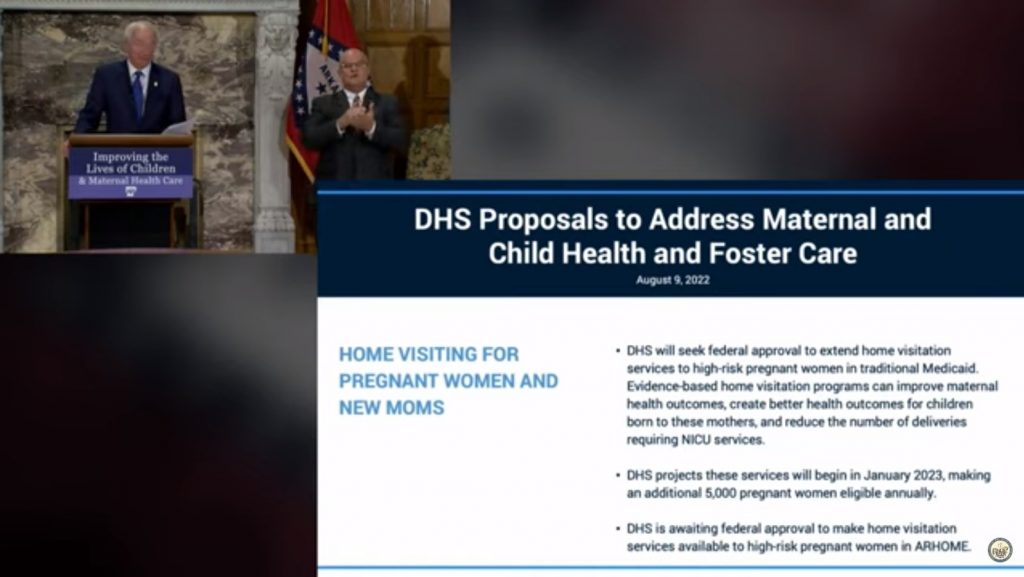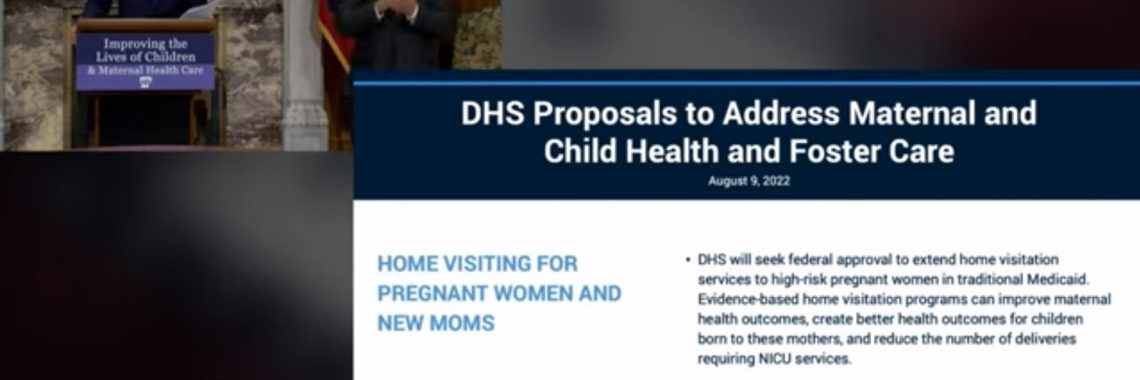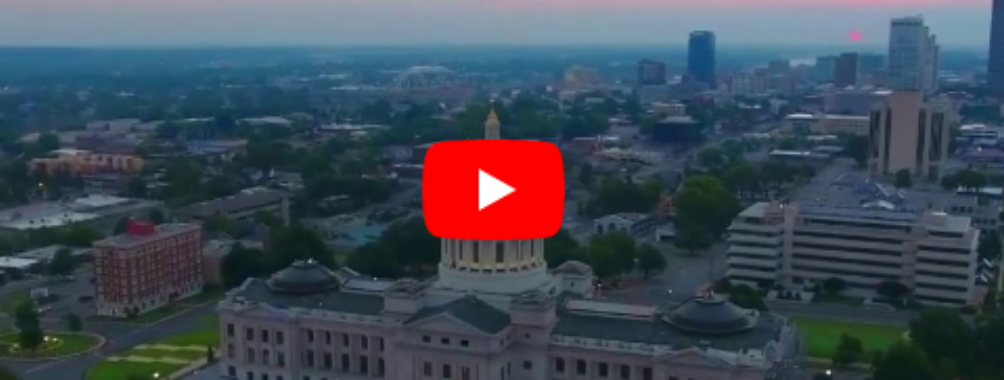State of Arkansas Looks to Expand Services for Women and Children Now That Abortion is Prohibited

Now that abortion in Arkansas is prohibited except to save the life of the mother, the State is looking at ways to expand services for children and pregnant women.
On Tuesday Governor Asa Hutchinson held a press conference, where he outlined plans for providing resources to women who otherwise might be at-risk for seeking abortion.
The plans includes:
- Expanding home visitations and intensive care coordination services for high-risk pregnancies and for children after birth.
- Expanding Medicaid coverage for pregnant women up to 212% of the federal poverty level.
- Increased funding for foster care.
- A hotline for information on pregnancy, parenting resources and charitable organizations that focus on pregnancy resources: 1-855-ARK-MOMS (275-6667)
The governor indicated that these services could come online in January.
The State of Arkansas also is accepting grant applications from pregnancy help organizations that assist pregnant women. The state is set to award $1 million to these organizations in the coming months.
Below is a press release from the Governor’s Office.
LITTLE ROCK – Joined by supporting members of the General Assembly, the Department of Human Services, and the Department of Health, Governor Asa Hutchinson held a press conference Tuesday morning to discuss plans for improving the lives of children and maternal health care.
The state has made progress regarding children’s health, and wellbeing over the last 10 years. The governor noted there is much still to be done by the Department of Health and the Department of Human Services, and we need to address challenges in these areas.
The Governor stated that he has asked both departments to make recommendations as to how the state can do more and how to improve maternal health care in Arkansas, and the safety and wellbeing of our children.
Department of Human Services and Arkansas Department of Health proposals:
The governor stated DHS is awaiting CMS approval of the Maternal Life360Home program. This will make nearly 5,000 women enrolled in ARHOME eligible for home visitations and intensive care coordination services for high-risk pregnancies and for children after birth. DHS also plans to seek federal approval to extend Maternal Life360 Home visitation services to all high-risk pregnant women in Medicaid, which would make an additional 5,000 pregnant women eligible for these services annually.
Governor Hutchinson said that home visitation programs can improve maternal health outcomes, and create better health outcomes for children born to these mothers. The waiver is expected to be granted by September, and services will then begin in January.
The second initiative aims to address the traditional Medicaid population. The proposal would expand Medicaid coverage for pregnant women up to 212% of the federal poverty level. Currently, the coverage is limited to only covering the child or conditions related to the pregnancy.
“It is important after birth that the mom has more complete health care coverage,” Governor Hutchinson said. “That will save children’s lives, as well as the health of the mom.”
These expanded services will include behavioral health services and non-pregnancy medical conditions. DHS projects this expanded coverage will begin in January, which will make more than 2,000 pregnant women eligible annually for these expanded services.
The third initiative will address the issue of foster care in Arkansas. Currently, many foster parents receive board payments, averaging $455 per month, to cover food and shelter for children in foster care. Many children who come into foster care are placed in a provisional placement. However, provisional placements are not eligible for board payments under Arkansas law.
The governor announced he will authorize, with legislative support, the use of $1.7 million that will support this effort to provide support payments for foster parents who have foster children in provisional placements.
Additionally, the governor stated in the future the state needs to increase traditional foster parents’ monthly board payments. DHS will submit plans in 2023 requesting additional General Revenue for FY2024 to increase board payment amounts.
The governor stated the goal of the Department of Health’s proposals is to reach more women to take advantage of existing home visiting programs and partners through expanded outreach. They also want to increase training for the home visitors, which would give participating families increased support.
ADH will also be implementing a resource call line for Arkansans to get helpful information on pregnancy and parenting resources in their area. These services will include those provided by ADH, DHS, other state agencies, and charitable organizations that focus on pregnancy resources.
The number for that call line is 1-855-ARK-MOMS (275-6667).
You can watch the full briefing HERE.
You can view the slide presentation from today’s briefing HERE.
###
Articles appearing on this website are written with the aid of Family Council’s researchers and writers.




